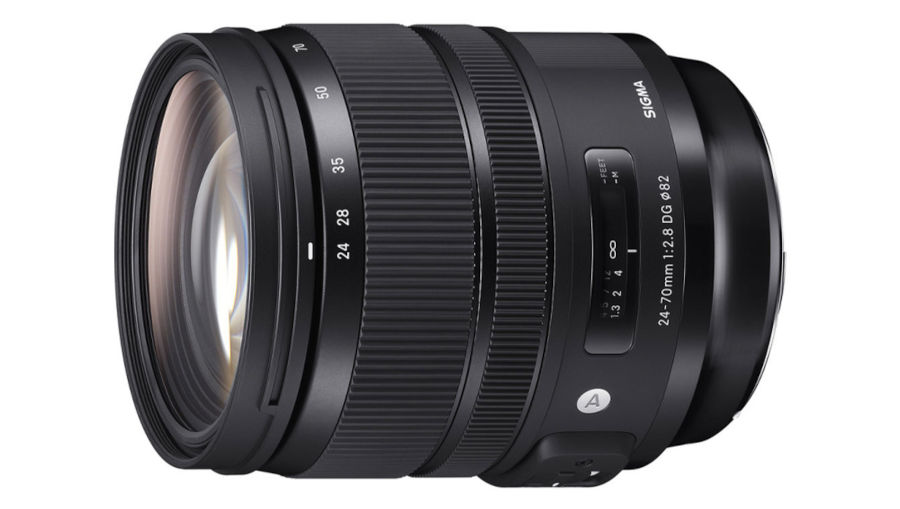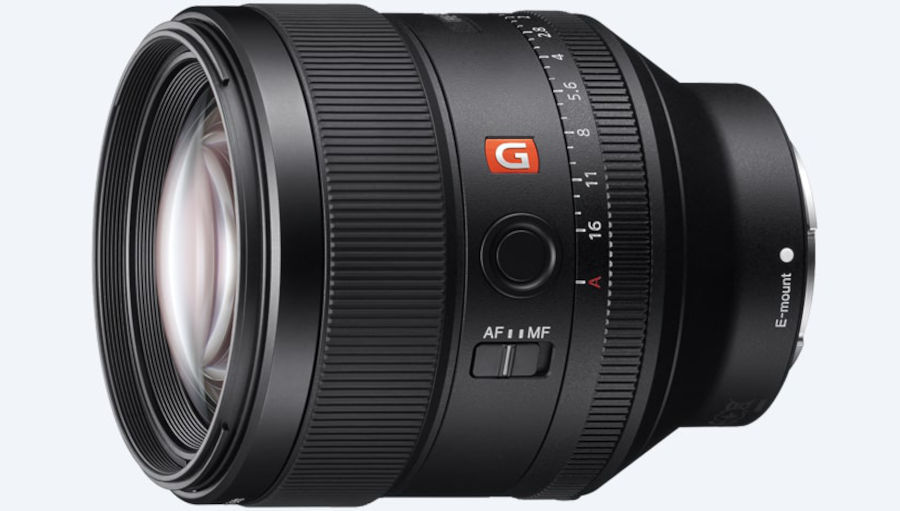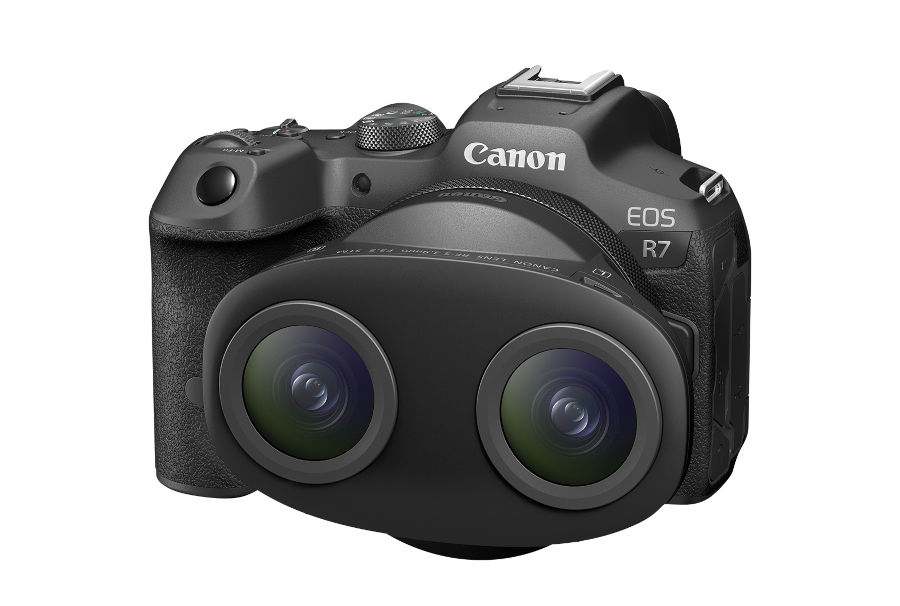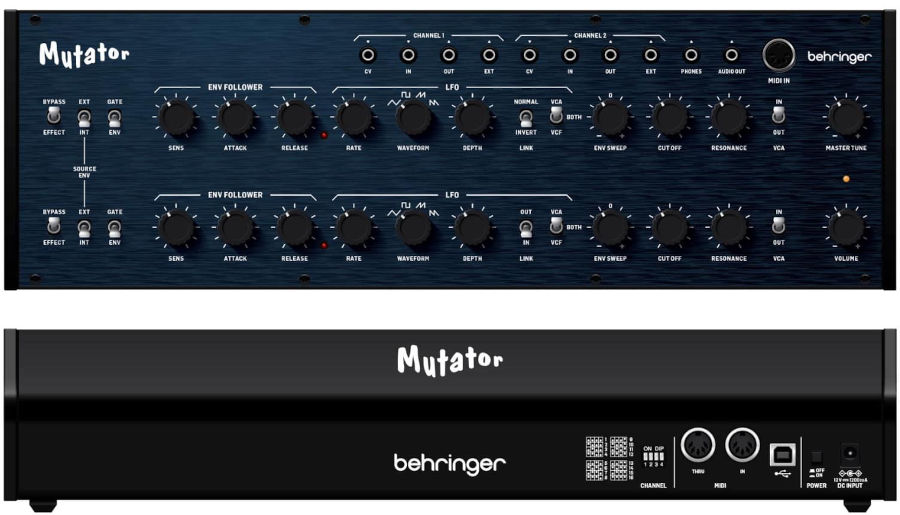
Third-Party Lens Revolution: Sigma and Tamron Expand into Canon RF Mount
Breaking Down Barriers with New Mirrorless Lens Options
NEWS Photography April 23, 2024 Reading time: 2 Minute(s)
The Canon RF mount, long known for its exclusivity, is finally opening its doors to third-party lens manufacturers. Sigma and Tamron, two heavyweights in the optics industry, have simultaneously announced plans to release lenses compatible with Canon's mirrorless RF mount. This breakthrough follows Canon's earlier statement indicating a shift toward third-party lens support, a move that has been eagerly awaited by photographers worldwide.
Sigma's Entry into the RF World
Sigma has announced six "contemporary" lenses for the Canon RF mount, offering a variety of focal lengths and apertures tailored to meet the needs of mirrorless camera users. These lenses, already available for other mirrorless mounts, include:
- 18-50mm f/2.8 DC DN
- 10-18mm f/2.8 DC DN
- 16mm f/1.4 DC DN
- 23mm f/1.4 DC DN
- 30mm f/1.4 DC DN
- 56mm f/1.4 DC DN

Sigma claims these lenses are fully compatible with Canon RF, featuring advanced autofocus algorithms and support for AF-C (Continuous Autofocus), in-camera aberration correction, and image stabilization. Sigma also highlights its attention to durability with rubber-sealed mounts designed for varied environments.
 Tamron's Addition to the Canon RF Lineup
Tamron's Addition to the Canon RF Lineup
Tamron will start with the 11-20mm f/2.8 Di III-A RXD (Model B060), a compact and lightweight wide-angle zoom lens. Although designed for APS-C cameras, it provides fast aperture performance and a lightweight design that doesn't compromise on optical quality. Tamron's new RF mount lens is expected to launch in 2024.
Implications for Canon RF Users
Canon's decision to license its RF mount, albeit currently focused on APS-C cameras, signifies a significant step towards enhancing the lens ecosystem for its mirrorless lineup. This shift addresses longstanding concerns that Canon's existing crop-sensor lenses weren't sufficient to meet user demands. With the inclusion of six Sigma lenses and one Tamron lens, Canon RF users will soon have more options for their photographic needs.
While Canon's full-frame RF cameras are not yet seeing the same level of third-party support, this development is a promising indication of change. Canon has historically cited business reasons for maintaining a closed system, but this new licensing agreement suggests that the company is listening to its customers and adapting its strategy accordingly.
In summary, the introduction of third-party lenses for the Canon RF mount is an exciting development for the mirrorless camera community. As Sigma and Tamron expand into this territory, Canon users can look forward to more flexibility and creativity with their lens choices. The question now is whether this marks the beginning of broader third-party support for the Canon RF system, potentially leading to a more inclusive and vibrant photographic ecosystem.
IMAGES CREDITS: CANON / SIGMA / TAMRON
*Our pages may contain affiliate links. If you buy something via one of our affiliate links, Review Space may earn a commission. Thanks for your support!
CATEGORIES

























COMMENTS